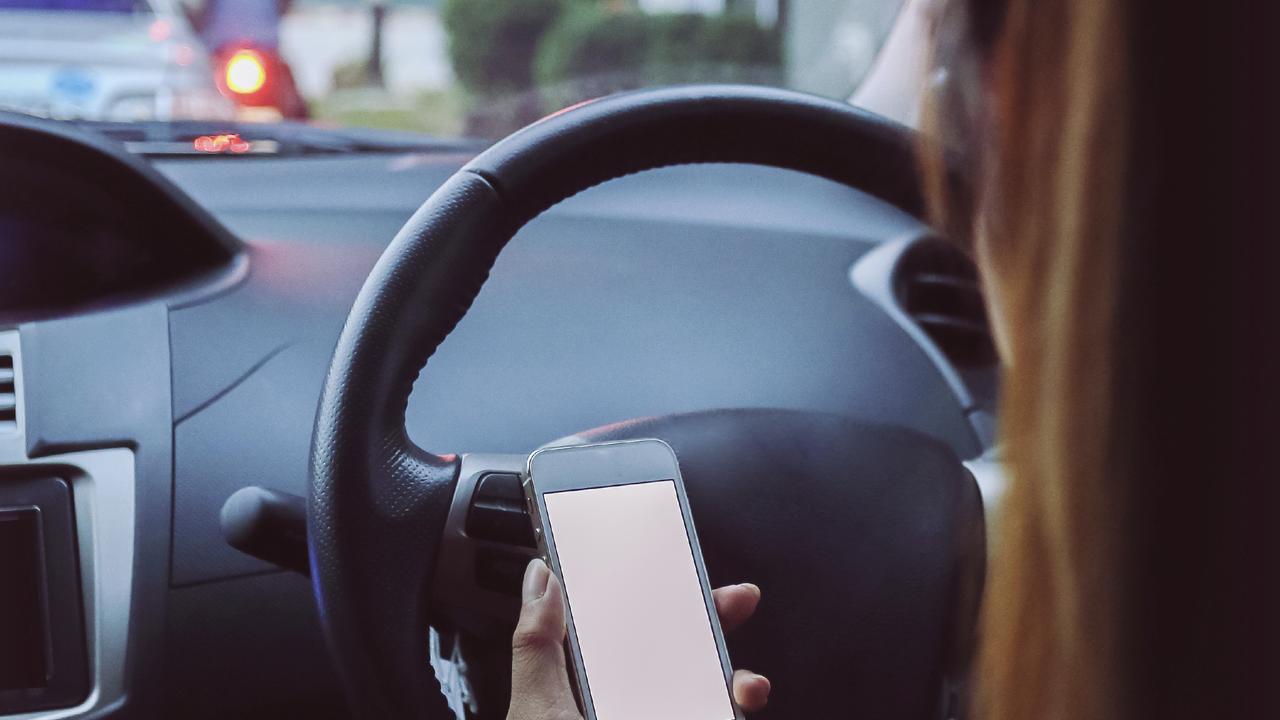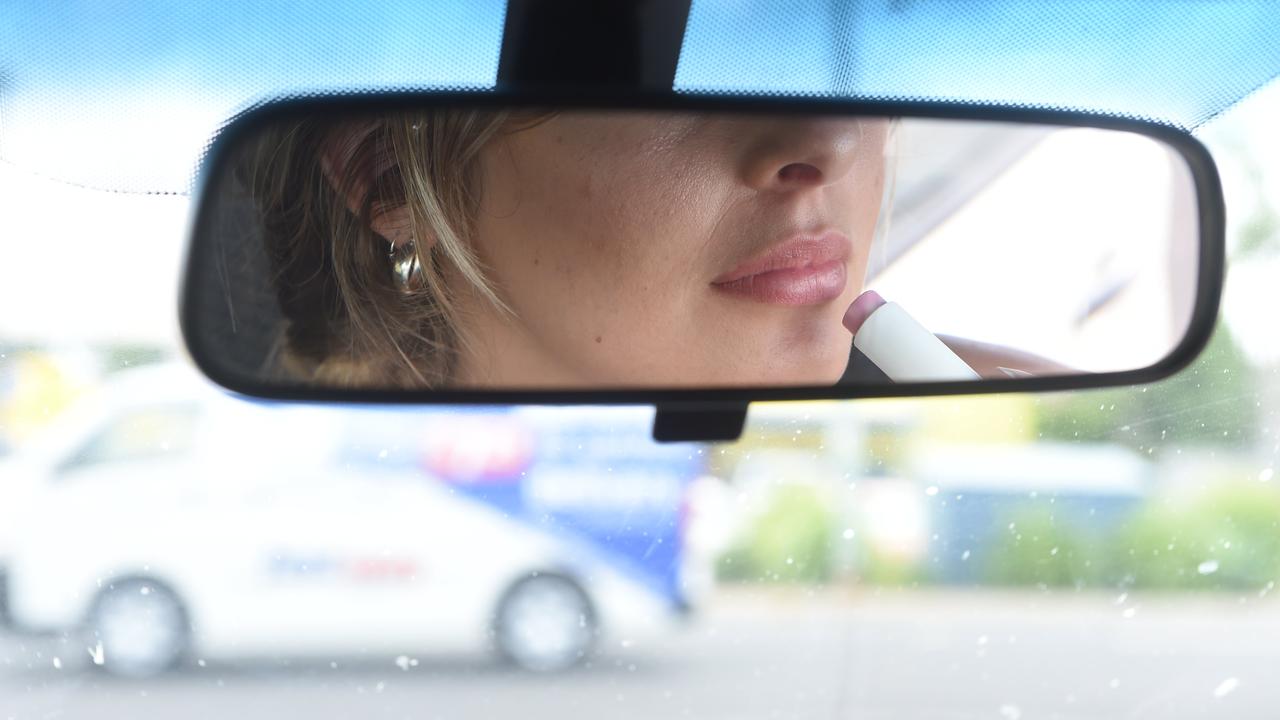The technology that is distracting drivers
Technology is meant to make driving safer but research is revealing a startling truth.
Partial automation has become increasingly popular in vehicles, and it’s easy to see why.
These systems promise to assist with tasks like steering, speed control and lane centring.
However, new research reveals that this technology may be exacerbating the very problems it was designed to address – distracted driving.
Recent studies from the Insurance Institute of Highway Safety (IIHS) and the Massachusetts Institute of Technology’s AgeLab have uncovered a concerning trend: drivers are more likely to become distracted while using partial automation systems compared to when they drive without them.
The research focused on Volvo’s Pilot Assist and Tesla’s Autopilot – two systems designed to support drivers by automating certain functions.
Yet instead of increasing driver attentiveness, these systems seem to encourage multi-tasking,
such as, checking phones, eating or engaging in other distracting behaviours.

The first study tracked the behaviour of 29 drivers using Volvo’s Pilot Assist system over the course of a month.
The findings showed that drivers engaged in more distracting activities and some drivers within the first few weeks were engaging in high levels of distraction.
A separate study on Tesla’s Autopilot system produced similarly concerning results.
Researchers analysed 14 drivers who had never used any partial automation system before.
Over the course of a month driving Tesla model 3 vehicles, these drivers triggered more than 3,800 attention-related warnings.
Most warnings didn’t escalate beyond initial alerts but the study found that drivers quickly learned how to beat the system.
For instance, Tesla’s Autopilot uses a torque sensor in the steering wheel to detect whether the driver’s hands are on the wheel.
If the system doesn’t detect input from the driver it will trigger a number of warnings which eventually lead to a complete slowdown if ignored.
However some drivers figured out they could make minimal steering inputs or tap the wheel to avoid triggering alerts.

IIHS President David Harkey said that some drivers were manipulating and “exploiting” these systems.
“If you train them to think that paying attention means nudging the steering wheel every few seconds, that’s exactly what they’ll do,”
“We need better systems that don’t just rely on nudges but actively encourage full driver engagement, “ he said.
The most concerning trend revealed in both studies, is that as drivers become more familiar with the technology, they find more ways to multitask and disengage.
Even minor lapses in attention can increase the risk of an accident, and frequent short distractions may be just as dangerous as prolonged distractions.
IIHS Senior Research Scientist and lead author of the Tesla study Alexander Mueller said escalating, multimodal attention reminders are effective at getting the drivers to react but more needs to be done.
“Better safeguards are needed to ensure that the behaviour change actually translates to more attentive driving,” she said.
Originally published as The technology that is distracting drivers








